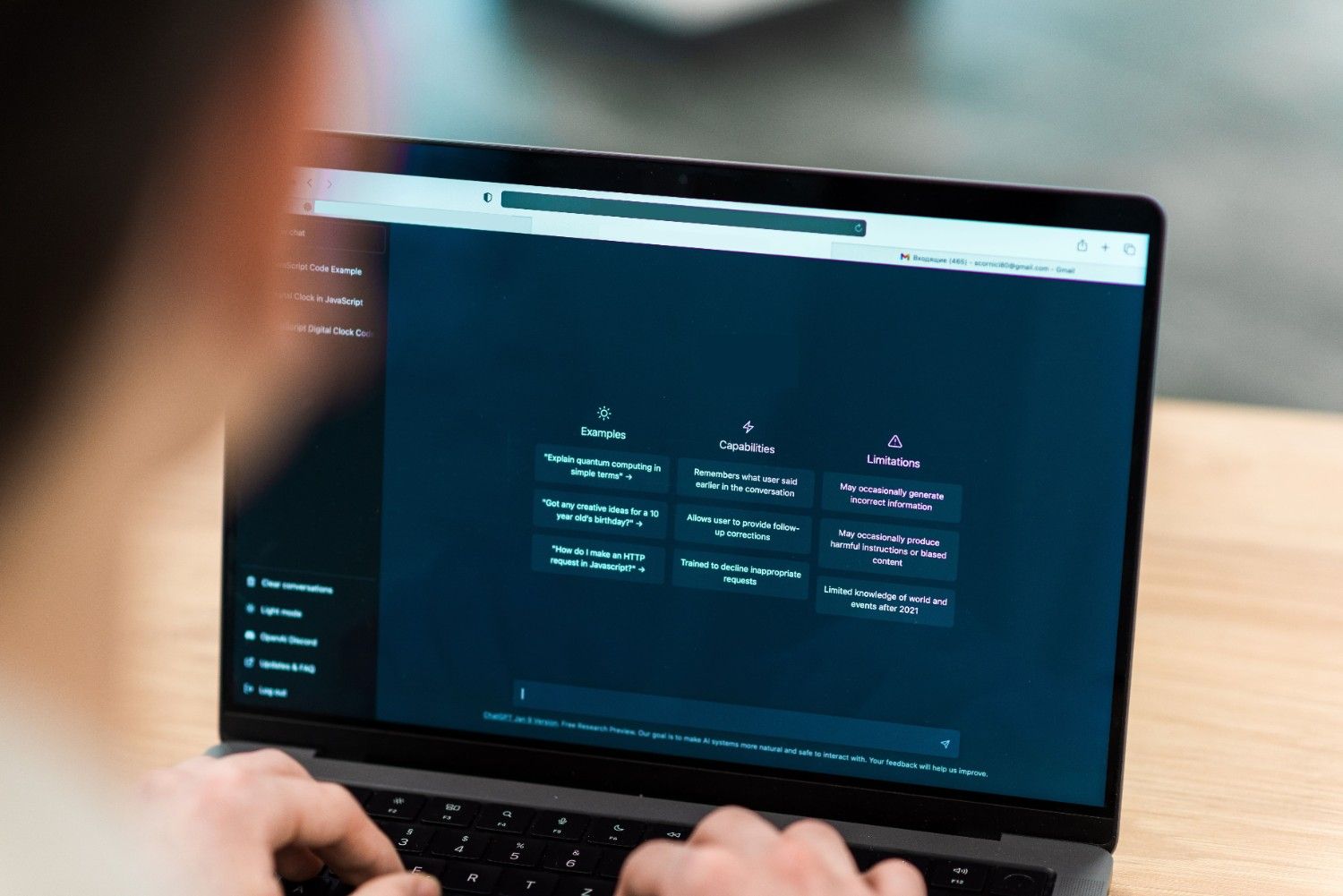
Technology moves fast, and businesses are constantly looking for ways to make their software talk to each other more smoothly. A new standard called MCP, short for Model Context Protocol, is emerging as a powerful way to connect AI systems with the everyday tools and data that companies use.
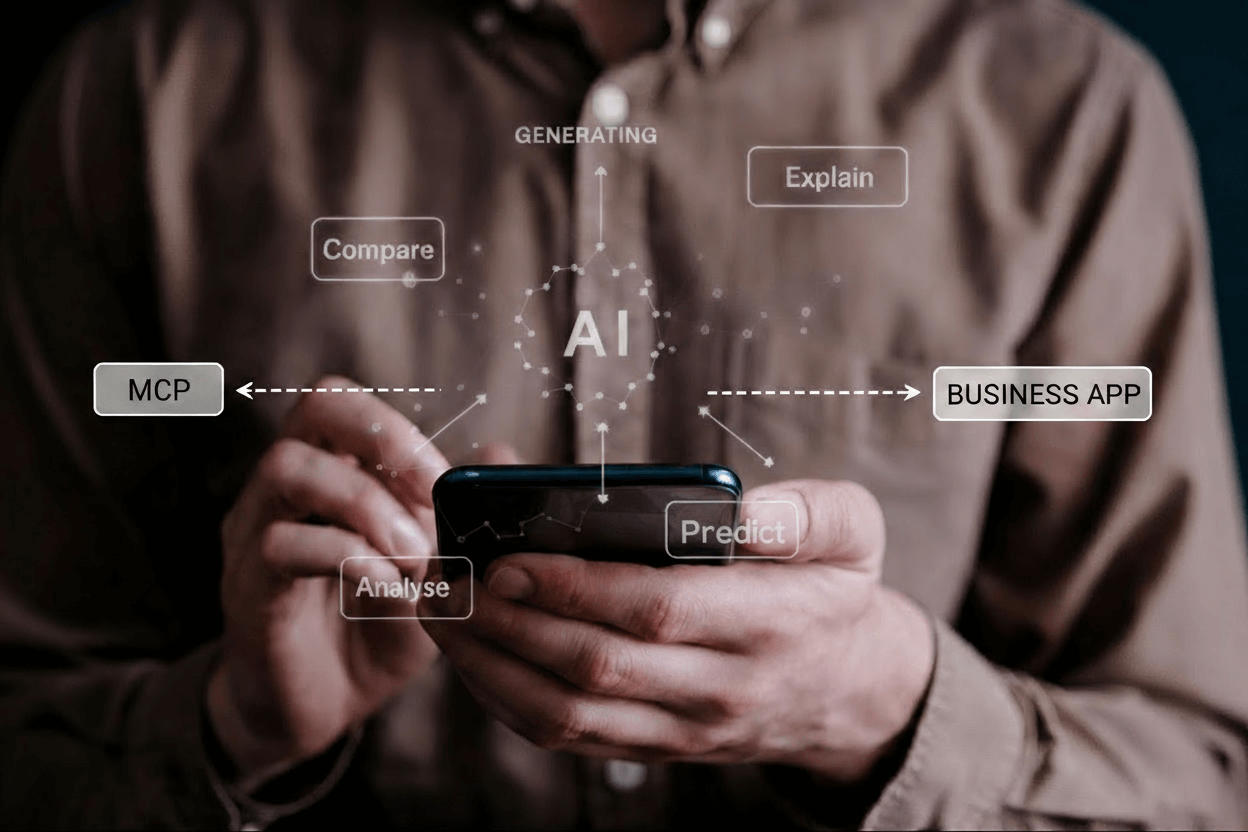
For business leaders and operations teams, MCP may sound technical, but its impact is straightforward: it makes it easier to build business apps that use AI without having to reinvent integrations for every new tool. If you’ve ever wished your AI assistant could pull data from Salesforce, create a ticket in Jira, or update a spreadsheet in Office 365, MCP is designed to make that possible in a secure, standardised way.
And for companies already using platforms like Clappia to build custom business apps, MCP adds another layer of flexibility: it can connect those apps to external systems, share data in real time, and reduce the manual effort of stitching things together.
The Model Context Protocol (MCP) is an open standard introduced by Anthropic (the team behind the Claude AI assistant). In simple terms, MCP is like a universal connector for AI systems. It defines a common way for AI models (e.g., Claude) to:
Think of MCP as the API standard for AI assistants. Instead of every company or vendor building custom integrations from scratch, MCP provides a shared language so AI can “talk” to other systems in a predictable way.
This is why some in the industry compare it to USB-C for AI: just as USB-C standardised how devices connect for charging and data, MCP standardizes how AI connects to tools and data.
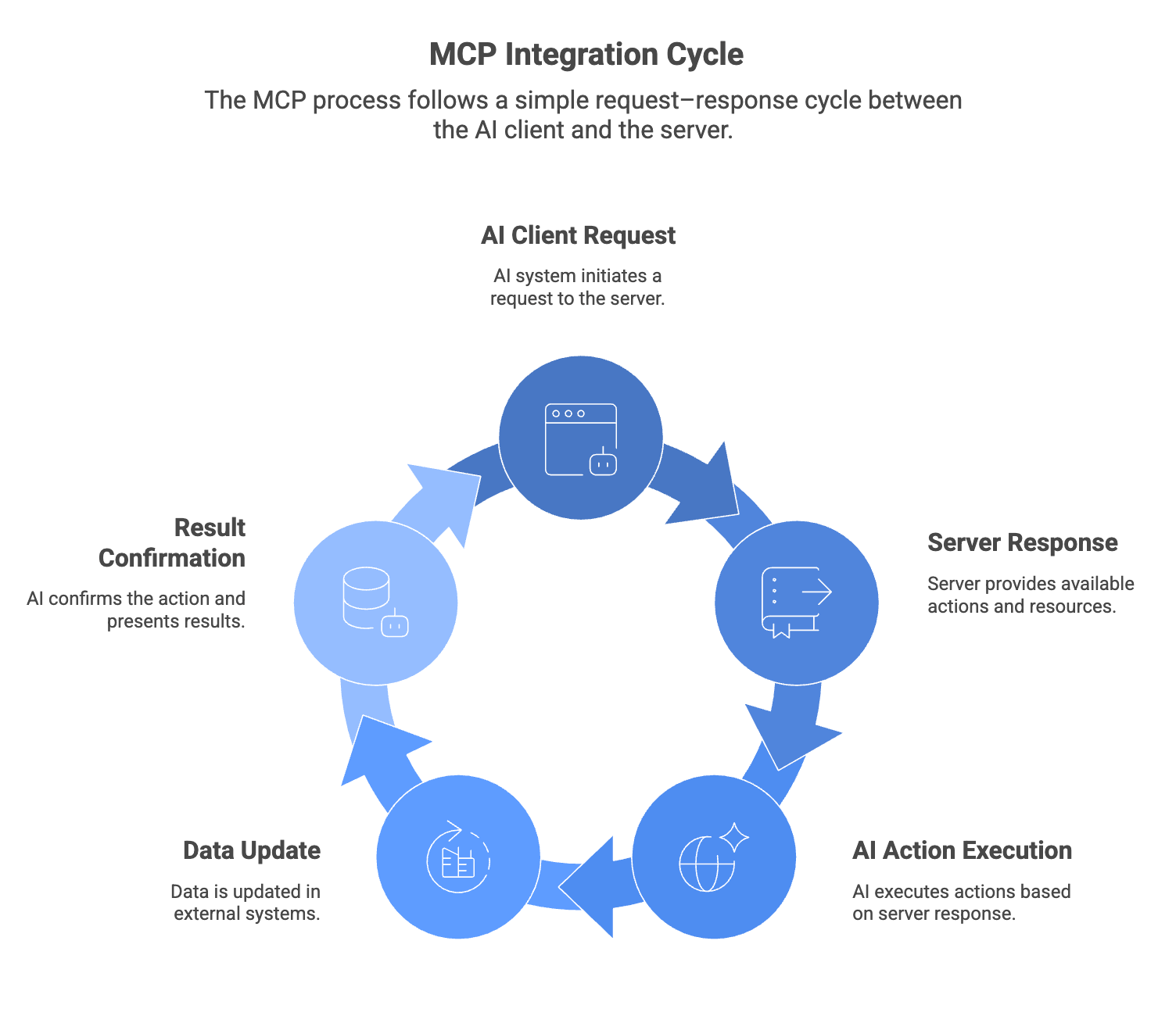
MCP follows a client-server model, here’s what it means:
When you use MCP:
A simple example:
Another example:
And because MCP is a standard, you don’t have to build a new integration every time. Once a connector exists, it can be reused across different apps and assistants.
In Clappia, MCP acts as a controlled bridge between your AI assistant and the app builder. You type an instruction (e.g., create or edit an app), the AI sends that request through MCP, and only the allowed tools (such as creating apps, managing fields/sections, adding workflows, or generating charts) are executed. Results flow back to the AI for confirmation, while your data and actions stay within your workplace controls.

For businesses, especially those building custom apps or workflows with platforms like Clappia, MCP offers several clear advantages:
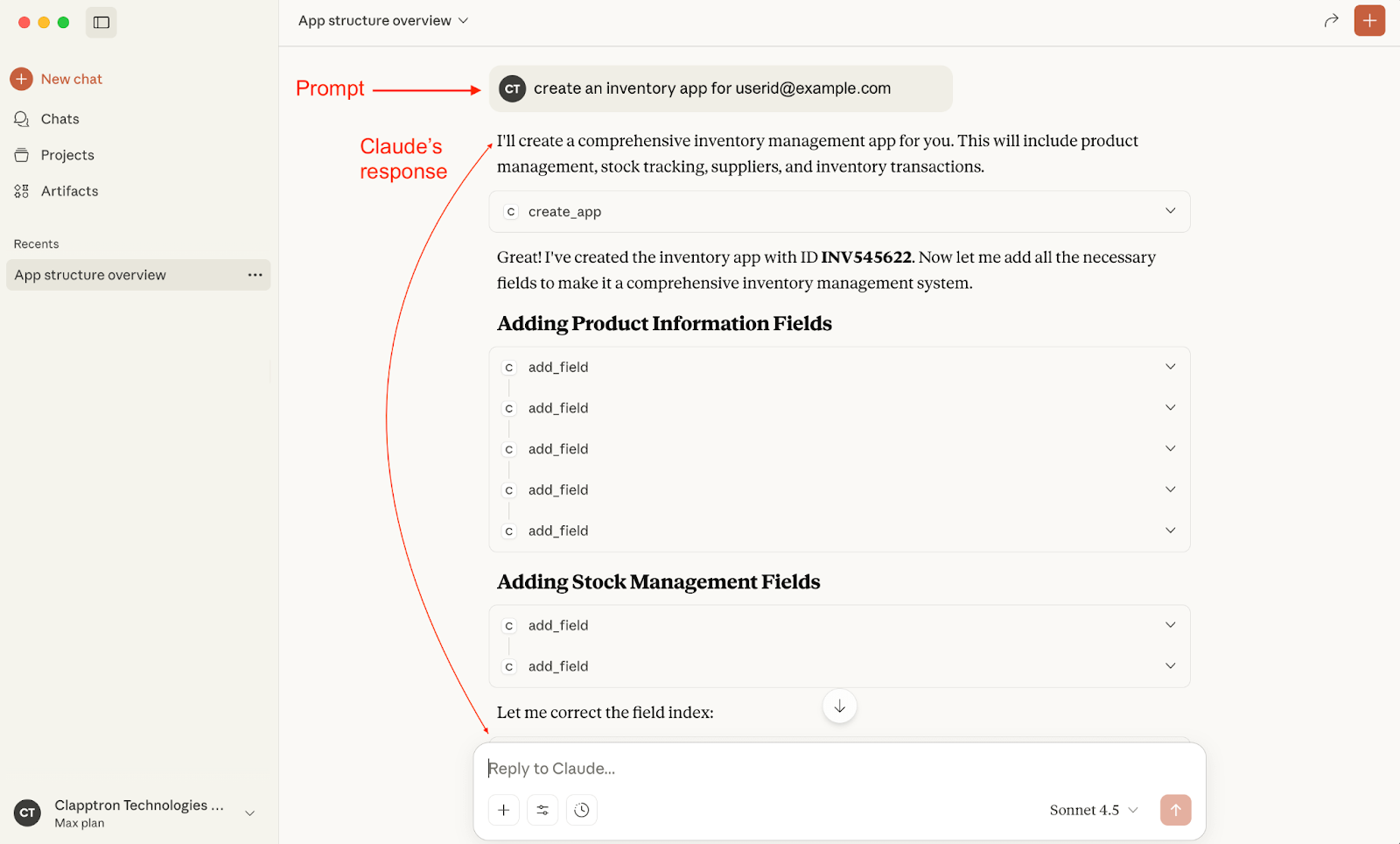
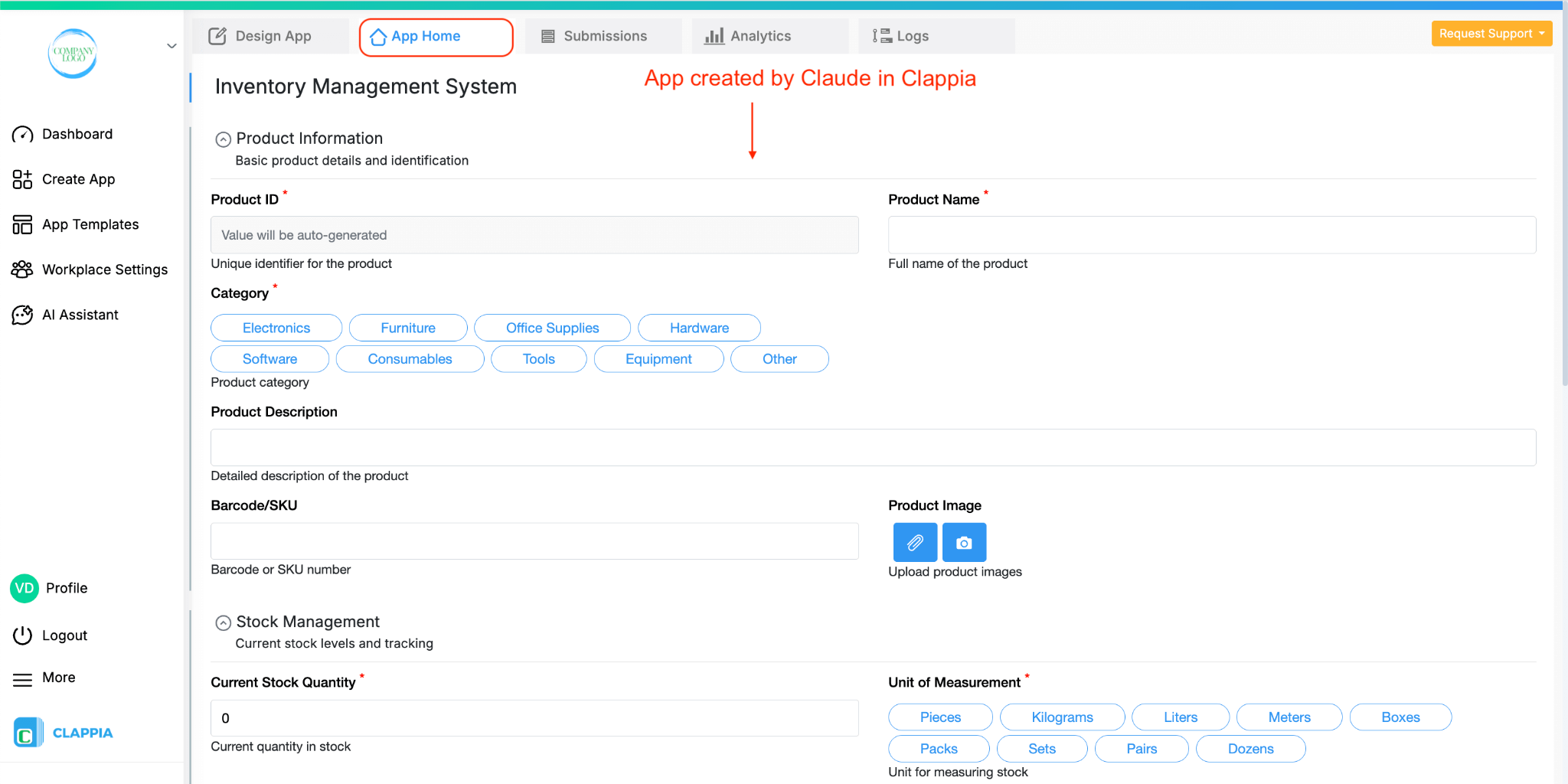
Here are some practical scenarios where MCP can simplify business app building:
Customer Support Automation
Connect an AI assistant to Salesforce, Zendesk, Clappia, etc. via MCP. When a new support ticket is logged in, let’s say in Clappia, the AI can fetch related customer history and suggest next steps.
Operations and Compliance
A Clappia app captures inspection results at a factory site. Through MCP, those results are automatically linked to a SharePoint folder for audit records, or pushed into Jira as issues if any failures are logged.
Finance and Reporting
A finance team tracks expenses in Clappia. MCP lets an AI assistant cross-check those expenses against a Snowflake database or Office 365 sheet, flagging mismatches instantly.
HR and Employee Experience
When employees submit requests in a Clappia HR app, MCP can help the AI assistant retrieve relevant policy documents from Google Drive or internal wikis and provide quick answers.
The key idea is this: MCP doesn’t replace business app platforms like Clappia. Instead, it extends their reach, making the platforms you already use more connected, context-aware, and automated.
For many businesses, the biggest questions around AI adoption aren’t just about functionality. They’re about trust, governance, and compliance.
MCP was designed with these concerns in mind:
Scoped Access
MCP connectors can be configured with specific permissions. For example, a Salesforce connector might only allow reading customer records, not editing them. This way, the AI assistant cannot overstep its role.
Audit Logging
Every action performed through MCP can be logged. If an AI assistant retrieves data from Jira or updates an Excel sheet, there’s a record of what happened and when. This is crucial for compliance audits and internal reviews.
Separation of Duties
MCP servers run independently of the AI model. That means data can stay within company-controlled systems rather than being sent directly to the AI provider. For industries like finance, healthcare, or government, this separation is critical for meeting regulatory requirements.
Single Sign-On (SSO) and OAuth
MCP integrates with existing enterprise authentication systems. Instead of creating new logins, companies can rely on their established identity providers and security policies.
In short: MCP balances powerful AI use with the safeguards enterprises need for security and compliance. For any CIO or compliance officer evaluating AI tools, this is an important advantage.
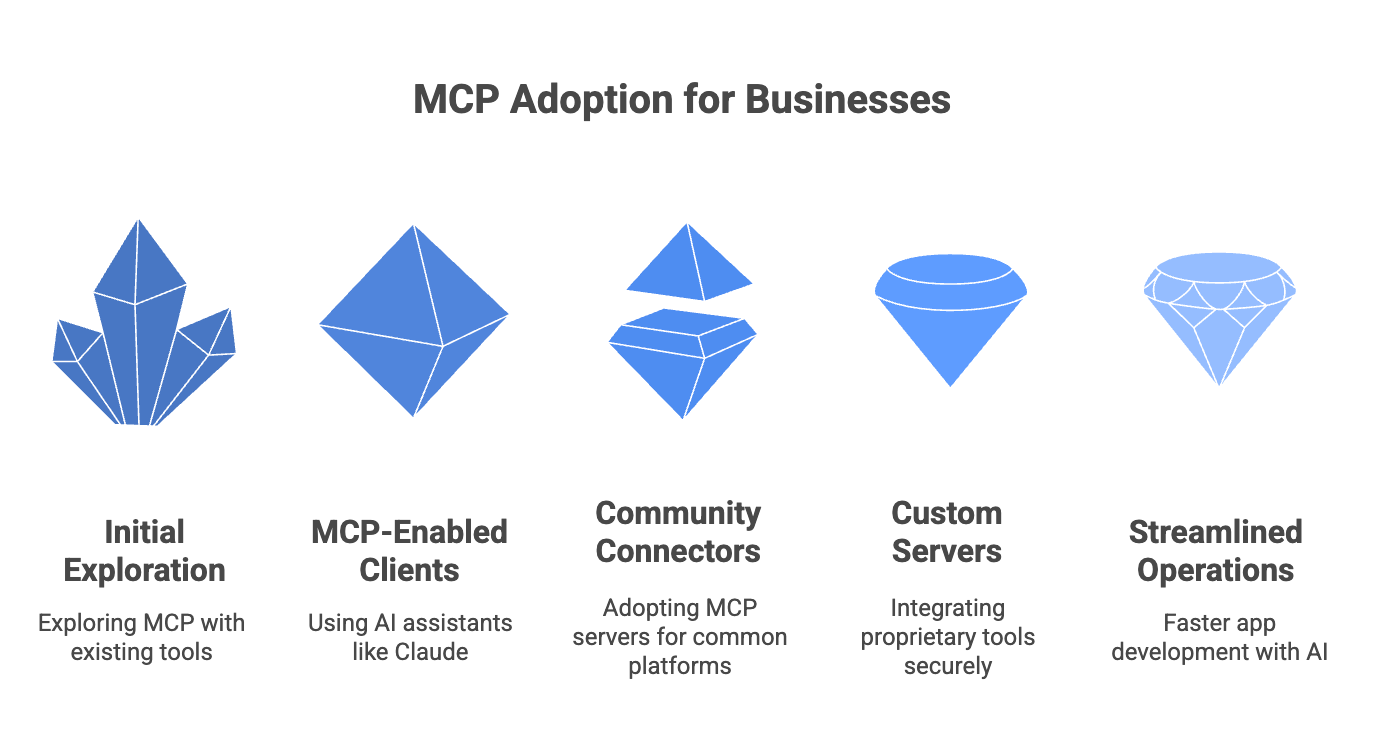
MCP is not something you need to build from the ground up. The ecosystem already has a range of tools and clients that support it, making it easier for businesses to explore without heavy technical investment. For most organisations, the practical question is where MCP can be applied first.
MCP-enabled clients
Applications like Claude Desktop already support MCP. This means an AI assistant can connect to available servers and work with your apps and data. Claude is one example, but any MCP-compatible AI can be used.
Community connectors
Developers are creating MCP servers for widely used platforms such as Jira, Slack, Google Drive, Salesforce, and databases. These can be adopted with little effort, letting teams try MCP in familiar environments without much customisation.
Custom servers
For organisations with proprietary tools, developers can write their own MCP servers. This allows in-house databases, workflows, or legacy systems to be brought into the MCP ecosystem securely.
Clappia as an example
Clappia is already designed to let teams build business apps quickly without code. With MCP, this gets even faster—you don’t have to manually drag fields and workflows. You can just describe what you need, and the AI assistant builds it.
For instance, you might say: “Create an inventory app with fields for item name, stock quantity, supplier, and a reorder alert when stock is low.” In seconds, the app is ready inside Clappia, using all the platform’s tools.
To set up MCP with Clappia step by step, see our detailed help guide.
The Model Context Protocol (MCP) may sound technical, but for business users, its value is clear. It standardizes how AI connects to the systems you already rely on — from Salesforce and Jira to Office 365 and even custom apps built in Clappia.
Instead of juggling one-off integrations, MCP provides reusable connectors. Instead of worrying about uncontrolled access, it offers governance and auditability. And instead of locking you into one vendor’s ecosystem, it keeps things open and portable.
For companies building apps to streamline operations, whether through Clappia or other platforms, MCP represents a major step forward: a simpler, safer, and more flexible way to bring AI into everyday business processes.
Is MCP only for Claude AI?
No. Claude was the first client to support MCP, but it’s an open standard. Other AI assistants and platforms can adopt it as well.
Do I need engineers to use MCP?
Not if you’re using Clappia or other common tools. Clappia apps can work with MCP-enabled AI right away, without coding. For widely used platforms like Jira, Salesforce, or Office 365, ready-made servers already exist. But if you want to connect a proprietary system, developers may need to build a custom server.
Can MCP connect to my CRM, ERP, or HR tools?
Yes. If an MCP server exists for your system, it can connect right away. For widely used platforms, servers are already available or being developed. For custom tools, a server can be created. With Clappia, you can also connect MCP-enabled AI directly to the apps you build without code.
What does “open standard” mean for my business?
It means MCP isn’t tied to one vendor. If you change your AI provider or platform, you won’t need to rebuild everything, the same connectors can work across different environments.
Is MCP secure enough for enterprise use?
Yes. MCP is designed for enterprise settings, with built-in features like scoped permissions, audit logs, and integration with identity providers.
How is MCP different from plugins or function calling?
Plugins and function calls usually work only within a single vendor’s ecosystem. MCP is vendor-neutral and reusable, and once a server exists, it can be used across multiple AI assistants and apps.
Where do I start if I want to try MCP?
Start with an MCP-enabled client like Claude Desktop. If you’re already building apps in Clappia, you can use MCP to let an AI assistant create apps, manage workflows, or fetch data for you. See the help guide here.

L374, 1st Floor, 5th Main Rd, Sector 6, HSR Layout, Bengaluru, Karnataka 560102, India

3500 S DuPont Hwy, Dover,
Kent 19901, Delaware, USA


3500 S DuPont Hwy, Dover,
Kent 19901, Delaware, USA

L374, 1st Floor, 5th Main Rd, Sector 6, HSR Layout, Bengaluru, Karnataka 560102, India





.webp)


resized.jpg)